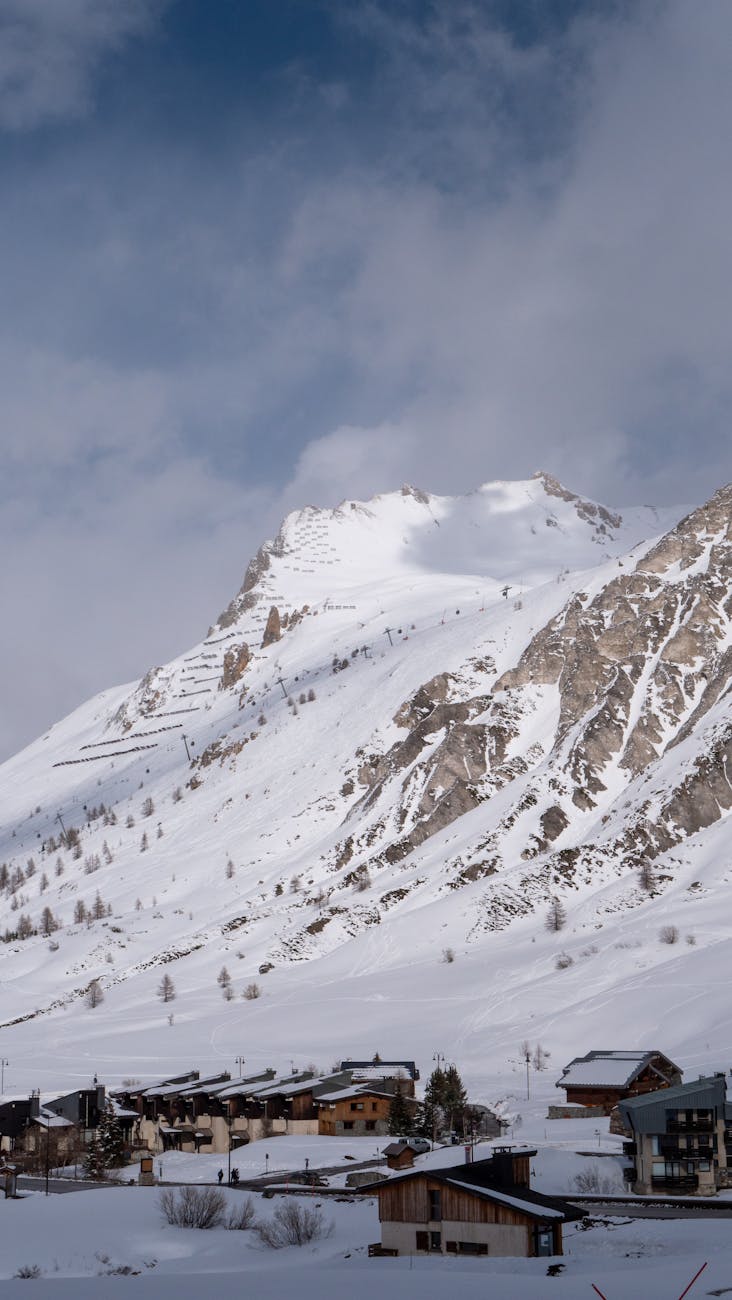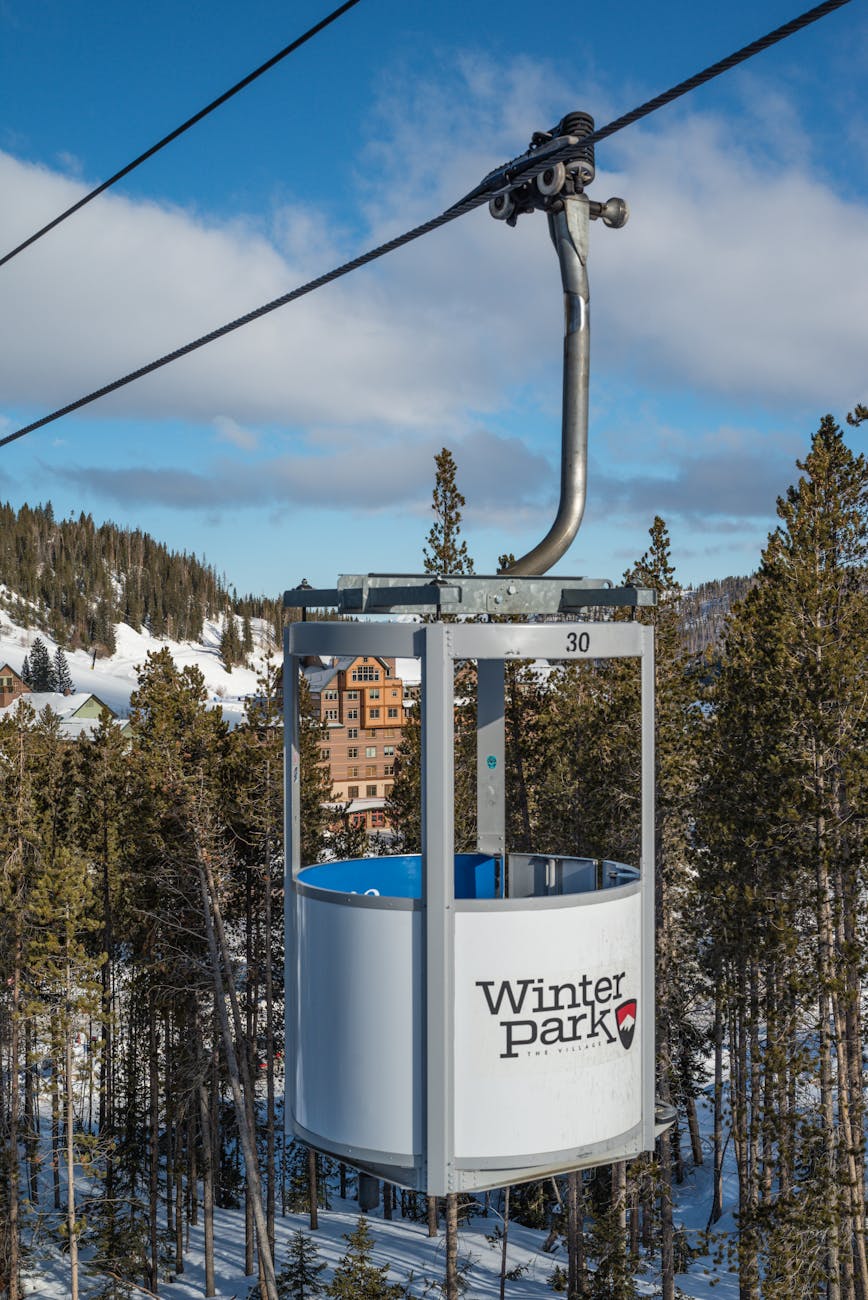As winter blankets the landscape in a shimmering layer of snow, skiers and snowboarders gear up for their favorite pastime. But amidst the thrill of carving down mountainsides lies an overlooked aspect of the sport: accessibility. In this blog post, we delve deep into the crucial question of whether your favorite ski resort is truly accessible for everyone. From adaptive equipment to inclusive facilities, we explore what makes a resort a welcoming destination for all snow enthusiasts.
Accessibility goes beyond simply providing ramps or ski lifts; it’s about ensuring that everyone, regardless of their physical abilities, can enjoy the excitement of skiing. By examining the features that cater to individuals with disabilities, we can see a pattern of positive progress within the ski industry, igniting hope for a more inclusive future. As we navigate this topic, prepare to challenge conventional thinking about what makes a ski resort truly great.
In the realm of skiing, adaptive equipment is revolutionary. Imagine gliding down the slopes in a sit-ski, specially designed for individuals with limited mobility. Ski resorts that prioritize accessibility often provide a variety of adaptive equipment tailored to different needs. For instance, mono-skis and bi-skis allow individuals to experience the thrill of skiing with more stability and control, presenting options that empower rather than limit.
Furthermore, knowledgeable staff can assist in getting people fitted with the right gear, ensuring a safe and enjoyable experience on the mountain. This adaptability opens the door for a wider audience to enjoy the great outdoors. Embracing adaptive equipment signifies a ski resort’s commitment to inclusivity, enhancing the overall experience and making the mountain accessible for every adventure seeker.
Facilities play a pivotal role in creating an accessible environment. Elevators, wide doorways, accessible restrooms, and changing areas are essential features that many ski resorts are incorporating into their designs. By offering amenities that cater to diverse needs, resorts signal their dedication to creating inclusive spaces where every visitor feels welcome and comfortable.
Additionally, the layout of ski resorts can greatly influence accessibility. Thoughtfully designed pathways that connect various areas of the resort can make navigating the space much easier for individuals with mobility challenges. These improvements can transform a ski day from a potential hassle into a smooth and enjoyable experience, ensuring that all guests can indulge in the thrill of the slopes without unnecessary conflict.
A ski resort is only as accessible as its staff is knowledgeable. Comprehensive staff training is essential in equipping personnel with the skills required to cater to guests with diverse needs. This includes understanding how to assist individuals with various disabilities and providing superb service that aligns with the resort’s accessibility philosophy.
Engaging with people of all abilities goes beyond just providing assistance; it also encompasses fostering an inclusive culture. Employees who are trained to recognize and accommodate the unique needs of every visitor help create a warm atmosphere where all can thrive. This level of customer service not only enhances the experience for guests but also nurtures a supportive community that encourages participation and camaraderie.
Successful ski resorts often have strong ties to their local communities. Collaborating with organizations that advocate for individuals with disabilities is an effective way to understand their needs better. These partnerships can lead to events like adaptive skiing clinics and workshops, fostering a sense of belonging and encouraging participation among diverse groups.
Additionally, these events can raise awareness around accessibility challenges as they allow everyone to enjoy the beauty of skiing. With increased involvement, resorts contribute to a cultural shift that emphasizes inclusion in winter sports, ultimately working toward a future where all individuals, regardless of ability, feel welcome on the slopes.
When planning a ski trip, transportation can be a make-or-break factor for accessibility. Resorts that prioritize convenient transportation options enable guests to reach the mountain without difficulties. Accessible shuttles and transportation services equipped with ramps and designated seating can enhance the experience, making the journey to the slopes enjoyable rather than stressful.
Moreover, clear communication regarding transport options empowers guests to make informed decisions. Ski resorts that showcase their commitment to accessibility in transportation can attract a more diverse clientele, ultimately enriching the winter sports community. With thoughtful planning and investments in transportation, ski resorts can foster an environment where accessibility is not just an afterthought but an integral part of the offer.
Embracing accessibility is not just a trend; it’s a responsibility that ski resorts must uphold. A genuinely accessible resort goes above and beyond to implement adaptive equipment, inclusive facilities, comprehensive staff training, active community engagement, and effective transportation options. By taking these steps, resorts can redefine what it means to be a premier destination that welcomes everyone with open arms.
For those who cherish the exhilaration of skiing, choosing a resort that prioritizes accessibility ensures that all avid snow enthusiasts can unite on the slopes. As the industry continues to evolve, fostering inclusivity will not only enhance the experience for individuals with disabilities but will also enrich the skiing community as a whole, allowing for a vibrant, diverse world of adventure and friendship.
A variety of adaptive equipment is generally offered at ski resorts, including sit-skis, mono-skis, bi-skis, and outriggers. These tools are designed to provide stability and enhance the skiing experience for individuals with mobility challenges, enhancing their enjoyment of the slopes.
While not every ski resort is mandated legally to provide accessible facilities, many are actively working toward creating inclusive spaces. Resorts often do this as part of their commitment to customer service and to attract a wider audience of winter sports enthusiasts.
Most ski resorts offer information about their accessibility features directly on their websites. Additionally, calling the resort and speaking to customer service representatives can provide detailed insights into available accommodations. It’s beneficial to inquire well in advance when planning your trip.
Yes, numerous organizations exist to advocate for adaptive skiing and provide resources, training, and opportunities for individuals with disabilities. Some notable examples include the Adaptive Sports Foundation and Disabled Sports USA, both of which work tirelessly to promote inclusivity in winter sports.
Image Credit: Pexels





